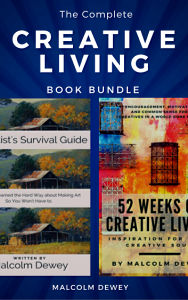|
Replies to a recent survey sent out to my Facebook followers suggests that the top three problems for artists trying to grow their business are:
The good news is that of those top three responses two are completely under your control to improve. The issue of gallery representation may no longer be an issue once the other two are conquered. And you can conquer they them! How to market your art is firstly a question of business. Do you have a business? You have to learn the basics of running a business that can turn a profit. If this fundamental step is not in place then no amount of marketing will help. So read a few books, do a course online and get a business sense before you spend time and money on marketing. I can suggest Start Your Own Business 6th Edition by the Staff of Entrepreneur Media as a fun introduction to the start up process. Once the business issues are squared away the issue of marketing and technology will make a lot more sense. The truth is that there has never been a better time to start and market a small business. Never! The problem lies in those old myths that undermine your confidence. Particularly creatives. You are told that you need a publisher, gallery representation or whatever other gatekeeper to choose you. To give you permission to succeed. Well, like the author James Altucher says - it is time to Choose Yourself! To be a success as an artist you need to make your own way. If that means taking on a learning curve then do so. The abundance of information out there is enormous. Some free, others paid for, but all within your grasp. Does this mean never use a gallery to sell your paintings? No, but it does mean you need to take responsibility for your career. You have a choice. No matter how modest you want your business to be you will benefit from marketing your art. Galleries and publishers also benefit by having artists market themselves. They are not going to do it all for you! How to take on the challenge of growing your creative business? There is no better long term strategy for consistent growth than content marketing. And when I say strategy I do not mean social media only. It does mean:
Does all of that sound terribly boring for an artist? It does not have to be. The great part is that as a creative person you have a head start on all the corporations who are struggling with marketing. You have the creative ability to crush marketing. It does not have to cost you much either. Think about how you create beautiful works, the process and the joy that it brings you. There are thousands of people who are fascinated with art and the creative process. Instead of thinking about the hurdles think about what you already know. What can you show others? What is your journey as an artist? Share that and build your business at the same time. Once you get started you will put the self-defeating thoughts behind you. The challenge I would like to set for you is to do one thing right now that will help you start your business. Take the first step to light the creative fire! Maybe get out a notebook and write down ideas, purchase a book, research online - whatever. Start now. If you would like to learn more about content marketing for creatives then visit The Art of Content Marketing. You can join my Book Launch Team and hopefully get plenty of inspiration to grow your marketing system. Go for it!
Recently I received a "solve my painting problem request" from Cleleste . She describes her problem as follows: "I would like to use more colour. Most of my paintings are dull and somber- so unlike who I am. I can't manage to break away from that." Celeste kindly sent a few samples of her work. She also gave me permission to publish her photos. I am grateful to her, because this is a problem experienced by many other artists. Perhaps this post will help them too.
So it is with some trepidation that I do want to bring out the color wheel now. While our minds are still fresh. We cannot avoid it. But there are only a few things I want you to know on the color wheel:
Learn how to mix:
Why does my painting have lackluster color? There are many factors, but the most common are:
Let us look at each in turn: Mixing: We have dealt with this one already. Use the limited number of colors. The colors will be more intense, clean and true to life. Color Temperature. This will do wonders for your painting when you see these temperature variations. I will sum up this complex topic like this. Color works best when you see relationships between colors. In this case is a color warmer or cooler than the color next to it? Ask yourself this question every time you look at the color. If cooler add a cool color like blue. If warmer add a warm color like red or yellow. Remember cooler does not mean making the color darker. Some darks are warm like burnt umber. Color Relationships: To take this idea further you must see color like an artist. That is cooler or warmer / lighter or darker than the color next to it. Ask yourself “Warmer-Cooler-Lighter-Darker?” Whatever the answer adjust accordingly. Then there are relationships based on the hue itself. Such as a primary alongside its complimentary. A yellow sun will look more intense against a violet sky for instance. Solvent. A clean brush is good. But you should try to avoid washing the brush too often during your painting. Far better to wipe the brush off with a tissue or rag. Solvents make the brush wet and they break down the intensity of the color. They also thin the paint texture. You lose some of oil paints natural buttery quality. Transparent and Opaque Paint. Paint the early stages of the painting without white paint. Or very little of it. Avoid white paint in the shadow areas and other dark areas. Rather keep these areas transparent by mixing only pure colors and adjusting temperature. For example blue and burnt sienna make a strong dark. The sunny patches can have white paint added for opaque, thicker paint. This adds beautiful contrasts. Memory: Only goes so far. The mind oversimplifies color. We miss so much true color from nature and end up with dull color. What we think is accurate color is guesswork at best. Look at nature or at a real person instead of a photo to see color accurately. A few more notes.
But what about Celeste's paintings? Following the above suggestions will add more color variety and impact. Here is my rough ideas on one of Celeste's landscape paintings: Add More Color - Created with Haiku Deck, presentation software that inspires;
What about portraits? Treat them in similar fashion. Paint from models where possible and keep the color strong. Brushwork bold. Shapes distinct.
There are many other factors such as brushwork, values and color schemes. It comes down to learning and practice. Also be willing to take risks. Be bold. Painting rewards artists who try new things. Have a look at my new course How to Add Light to Your Landscape Painting. Painting light involves using color and values better. This course will show you how to see these essential qualities. Have fun and put more color into it! Want to share your painting experiences or tips? Please add them to the comments. You may be helping someone too.
|
AuthorMalcolm Dewey: Artist. Country: South Africa Archives
June 2024
Categories
All
FREE
|
|

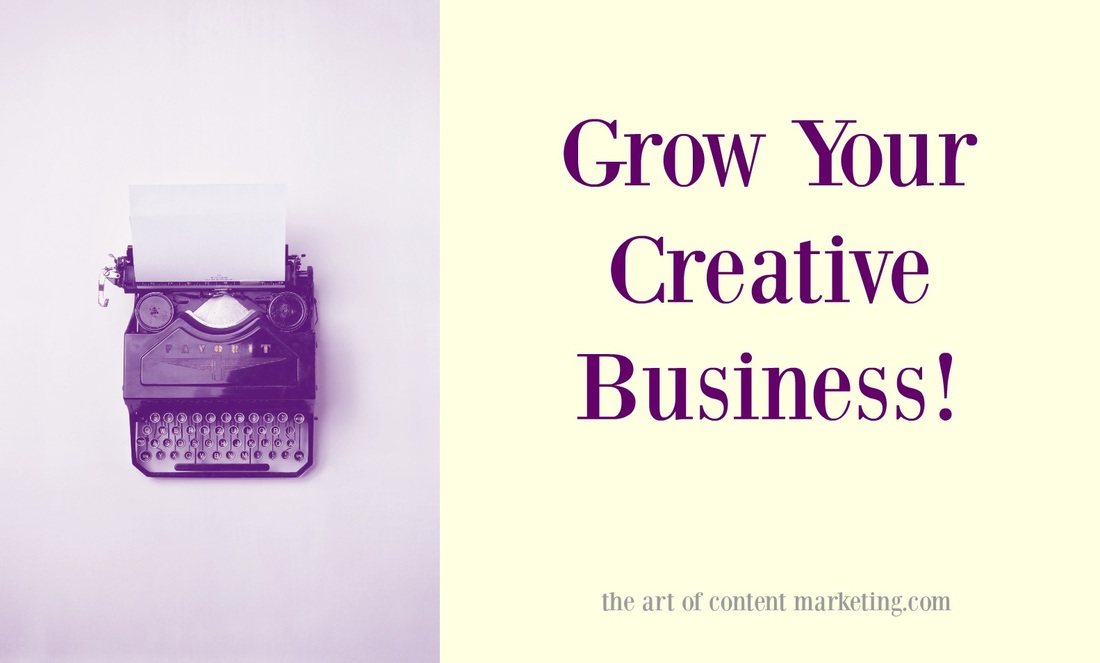
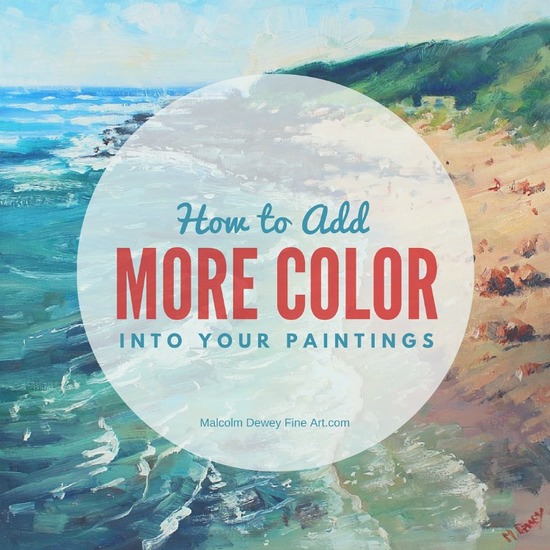
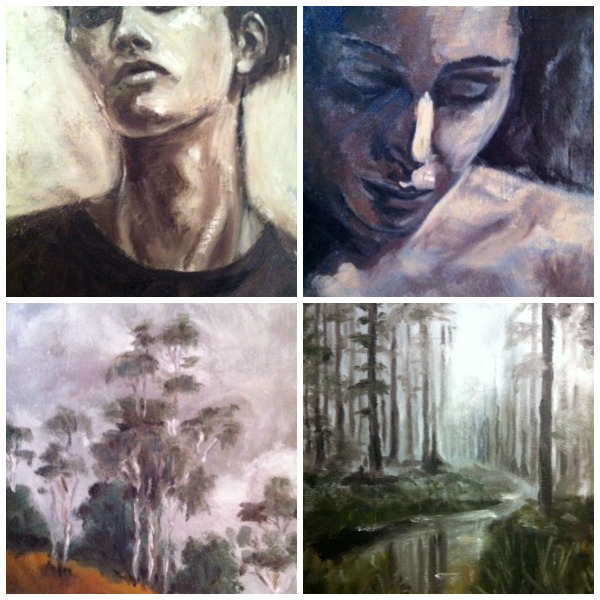
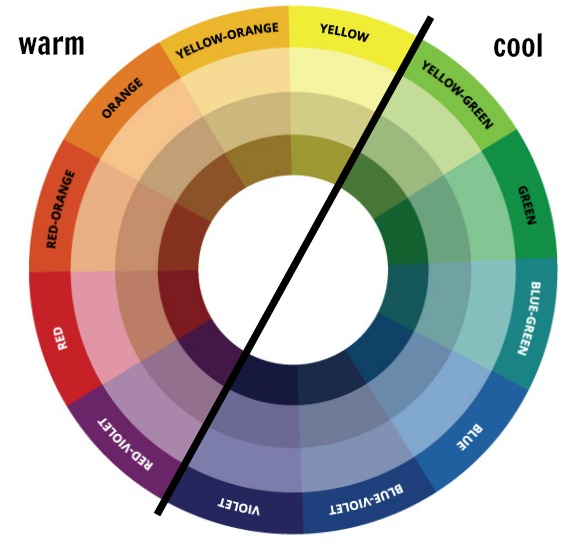

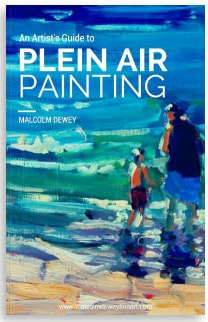
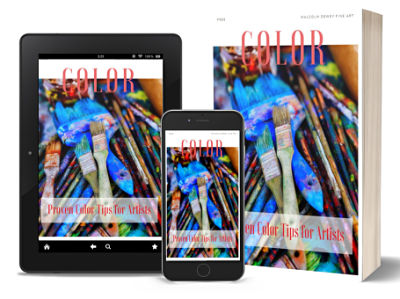
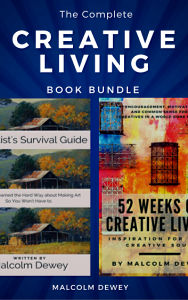
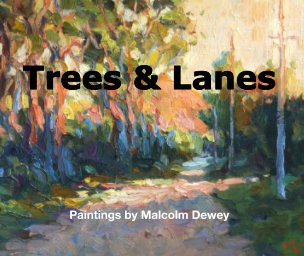


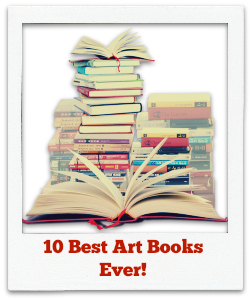
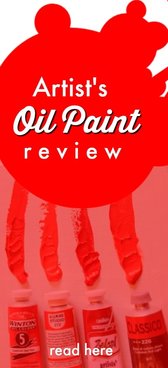
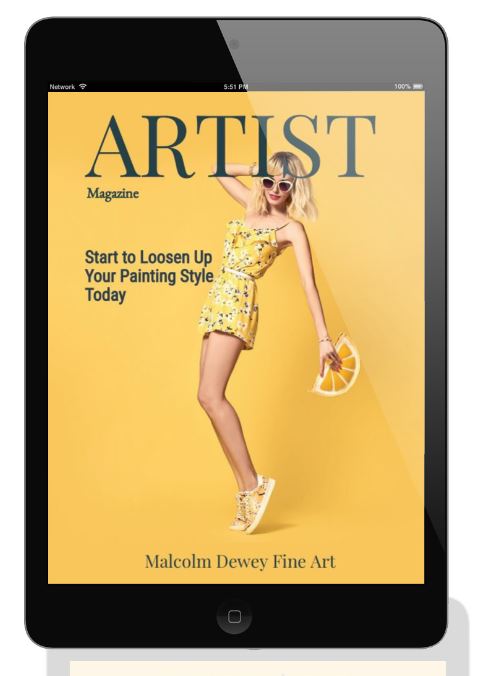
 RSS Feed
RSS Feed

